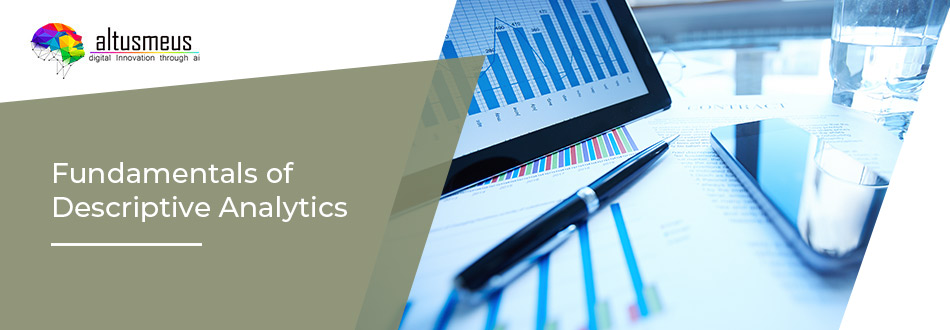Descriptive analytics is a process of analyzing data to provide insights into its nature. It is used to understand the features and patterns of data. Descriptive analytics can be used for a variety of purposes, such as marketing, customer service, and product development.
How is Descriptive Analytics Used?
Descriptive analytics can help businesses understand customer needs and want, reduce data entry time, improve accuracy, and easier identification of problems and opportunities. This information can be used to make better decisions. Descriptive analytics can be used for a variety of purposes, such as marketing, customer service, and product development.
Marketing
Descriptive analytics can be used to understand the features and patterns of customer data to improve marketing campaigns. For example, descriptive analytics can be used to identify which customers are most likely to purchase a product, or which customers are more likely to return a product.
Customer Service
Descriptive analytics can be used to understand the features and patterns of customer service interactions. This information can be used to improve customer service strategies, such as providing more relevant information in response to customer questions, or routing customers to the right department when they have a problem.
Product Development
Descriptive analytics can be used to understand the features and patterns of product data. This information can be used to improve product development processes, such as choosing the right features to develop, or identifying which products are selling well.
What are the Benefits of Using Descriptive Analytics?
There are a number of benefits to using descriptive analytics. These benefits include:
1. Improved Marketing Campaigns
Descriptive analytics can help identify which customers are most likely to purchase a product, or which customers are more likely to return a product. This information can be used to improve marketing campaigns by tailoring the content and advertisements that are delivered to these customers.
2. Improved Customer Service Strategies
Descriptive analytics can help understand the features and patterns of customer service interactions. This information can be used to improve customer service strategies by providing more relevant information in response to customer questions or routing customers to the right department when they have a problem.
3. Improved Product Development
Descriptive analytics can help identify the features and patterns of product data. This information can be used to improve product development processes, such as choosing the right features to develop, or identifying which products are selling well.
What are the Best Practices for Descriptive Analytics?
There are a number of best practices for using descriptive analytics. These best practices include:
1. Using Descriptive Analytics In Conjunction With Other Marketing Data
Descriptive analytics should be used in conjunction with other marketing data, such as customer demographics, to improve the accuracy and effectiveness of marketing campaigns.
2. Using Descriptive Analytics To Understand Customer Behavior
Descriptive analytics should be used to understand customer behavior, such as how customers interact with a product or service, in order to improve the customer experience.
3. Using Descriptive Analytics To Understand Product Data
Descriptive analytics should be used to understand product data, such as how many products are sold, in order to improve product development processes.
4. Using Descriptive Analytics To Understand Customer Feedback
Descriptive analytics should be used to understand customer feedback, such as how customers rate a product or service, in order to improve the quality of customer service.
5. Using Descriptive Analytics To Understand Customer Sentiment
Descriptive analytics should be used to understand customer sentiment, such as how customers feel about a product or service, in order to improve the marketing strategy.
Final Words
Descriptive analytics is a powerful tool that can be used to gain insights into your data. It is important to follow best practices when doing descriptive analytics.
Descriptive analytics can be used to understand customer behavior, product data, customer feedback, and customer sentiment. By understanding these factors, you can improve your marketing strategy and create a better customer experience.





